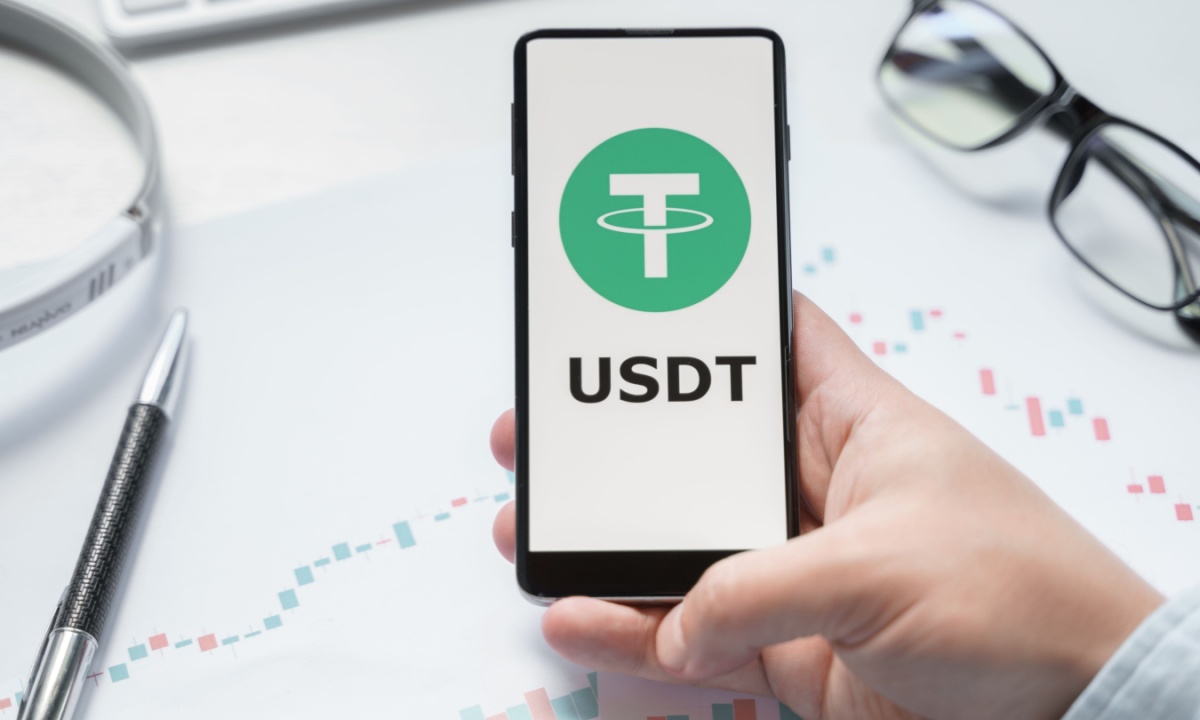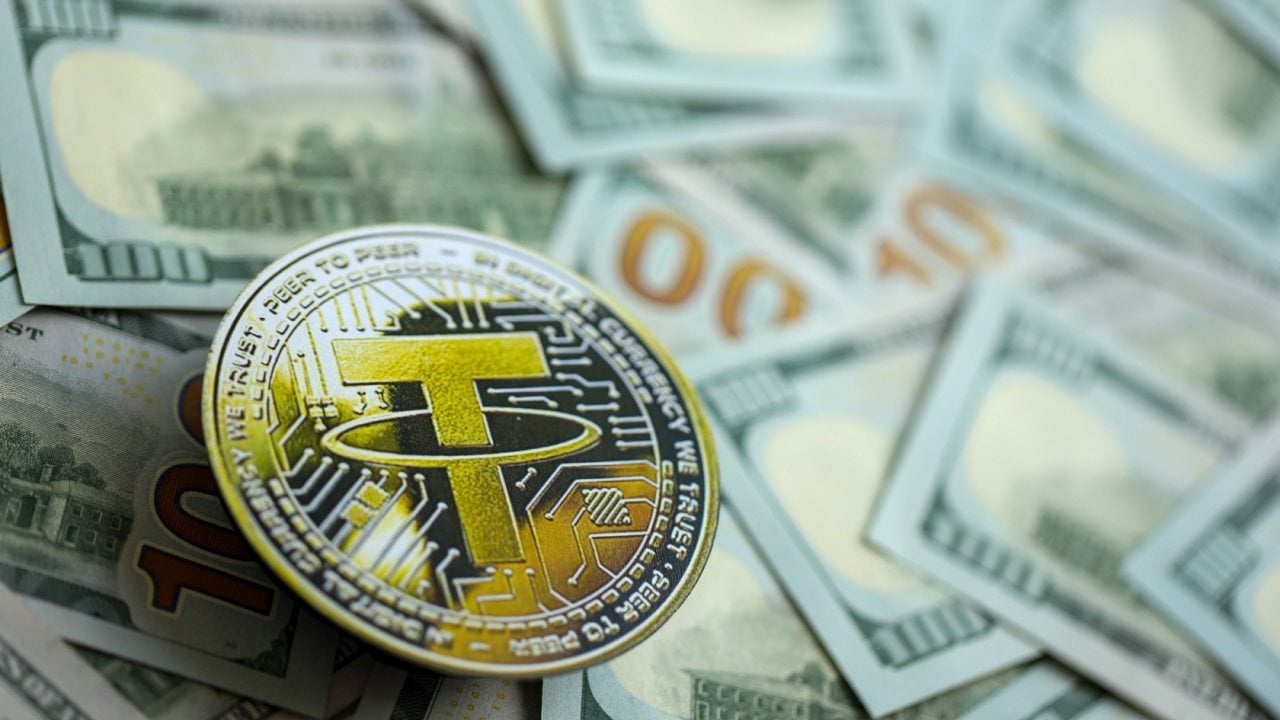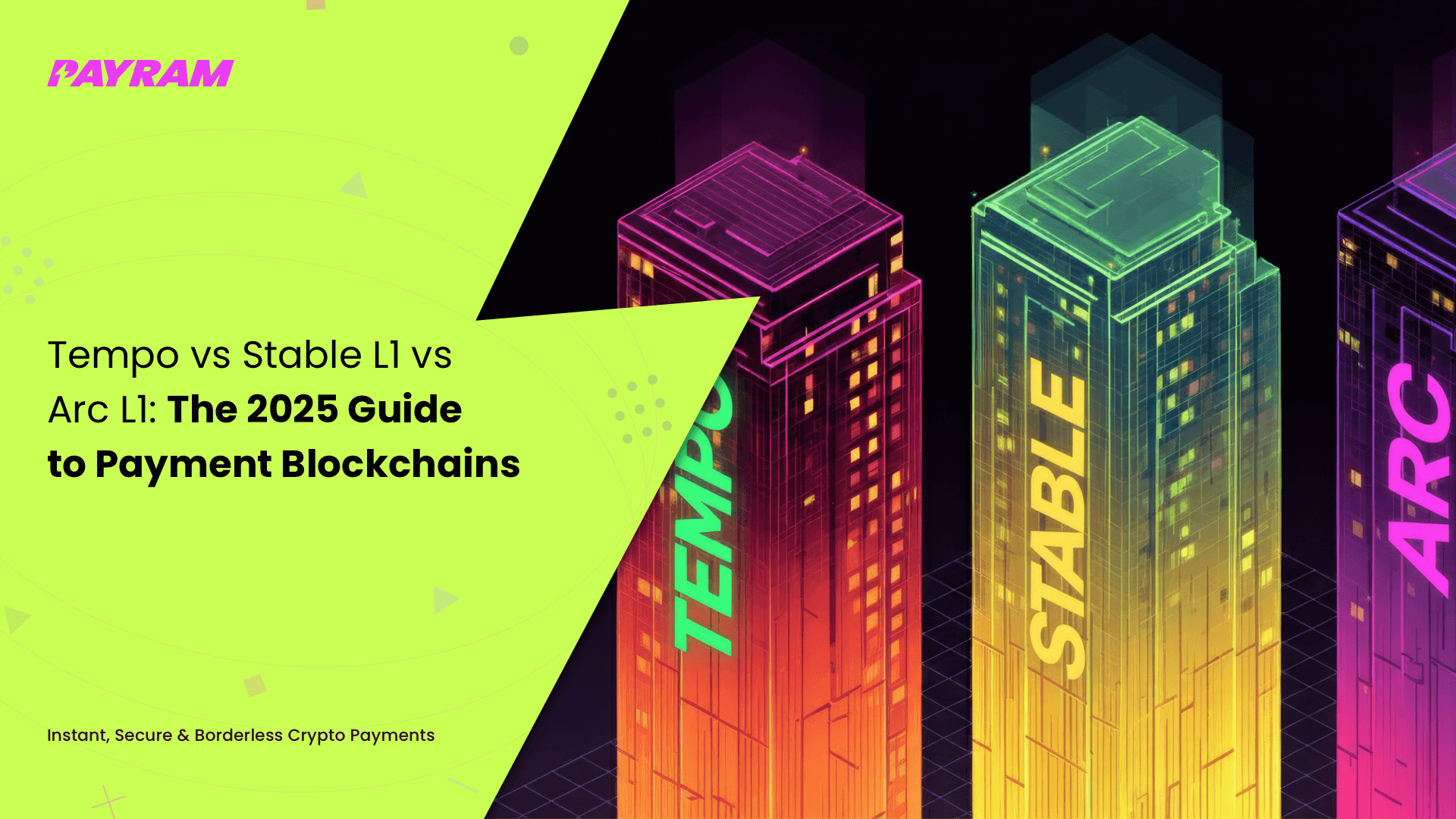
Stablecoins have become the backbone of global crypto payments, with Tether’s USDT leading as the most liquid and widely adopted dollar-pegged asset. Yet, for all their promise, stablecoins have historically faced infrastructure bottlenecks: high on-ramp fees, slow settlements, and the friction of converting between volatile blockchain tokens and stable assets. The launch of Stablechain in July 2025 marks a paradigm shift for the stablecoin ecosystem, delivering a dedicated Layer 1 blockchain where USDT is not just a transacted asset but also the native fuel for every operation.
Stablechain: A Purpose-Built Home for USDT Transactions
Unlike legacy blockchains that require users to juggle native tokens like ETH or MATIC for gas fees, Stablechain eliminates this layer of complexity entirely. Here, USDT itself powers both transaction fees and settlements. This design means users can send, receive, and interact with decentralized applications using only USDT, no more worrying about holding or swapping into volatile utility tokens just to move money.
This innovation is especially significant given today’s market context. At the time of writing, Polygon Bridged USDT (Polygon) trades at exactly $1.00, reflecting its role as a stable store of value in volatile markets. With Stablechain’s sub-second transaction finality and fees consistently below one cent per transfer, it directly addresses long-standing pain points in cross-border payments and high-frequency retail transactions.
Comparison of Transaction Fees and Speeds: Stablechain USDT vs. Bank Transfers vs. Major Crypto Networks
| Network/Method | Transaction Fee | Speed | Fee Token Used |
|---|---|---|---|
| Stablechain USDT 🚀 | < $0.01 ✅ | Sub-second ⚡️ | USDT / USDT0 |
| Traditional Bank Transfer 🏦 | $10–$50 💸 | 1–5 days 🕒 | Fiat (USD, EUR, etc.) |
| Ethereum USDT 🌐 | $2–$20 (varies) 💰 | ~1–5 min ⏱️ | ETH |
| Polygon USDT 🔷 | <$0.10 👍 | ~1–2 min ⏳ | MATIC |
Zero-Fee Transfers and Gas-Free Payments: How Stablechain Delivers True Efficiency
One standout feature is Stablechain’s support for gas-free transactions via USDT0, a LayerZero-enabled variant of Tether that enables peer-to-peer transfers without network fees. This is made possible through protocol-managed paymasters that sponsor transaction costs, an approach inspired by recent research into zero-fee stablecoin protocols (see Foresight Ventures’ analysis on stablecoin L1/L2 architectures). For businesses and individuals alike, this means sending funds globally with no hidden costs or unpredictable network congestion.
Polygon Bridged USDT (USDT) Price Prediction 2026-2031
Professional outlook based on Stablechain’s innovation, stablecoin adoption trends, and global payments infrastructure advancements.
| Year | Minimum Price | Average Price | Maximum Price | % Change (Avg) YoY | Market Scenario Insights |
|---|---|---|---|---|---|
| 2026 | $0.98 | $1.00 | $1.03 | +0.0% | USDT remains closely pegged; minor volatility may occur due to regulatory events or extreme market stress. |
| 2027 | $0.97 | $1.00 | $1.04 | +0.0% | Broader adoption of Stablechain and improved on/off-ramps; slight uptrend in max price due to increased usage. |
| 2028 | $0.97 | $1.01 | $1.05 | +1.0% | Competitive stablecoin landscape; USDT maintains dominance, but innovations push the average slightly above peg. |
| 2029 | $0.96 | $1.01 | $1.06 | +0.0% | Potential regulatory tightening; network effects from Stablechain and LayerZero integrations support stability. |
| 2030 | $0.95 | $1.01 | $1.07 | +0.0% | Global payment rails mature; USDT utility expands, minor premium possible during high demand periods. |
| 2031 | $0.95 | $1.02 | $1.08 | +1.0% | If Stablechain/USDT ecosystems reach mainstream scale, average price could slightly exceed peg in bullish scenarios. |
Price Prediction Summary
USDT, as a fiat-backed stablecoin, is engineered to maintain its $1.00 peg. With the launch of Stablechain and continued adoption for global payments, the Polygon-bridged USDT is expected to remain highly stable, with only minor deviations from its peg. Upside in maximum prices could occur during bullish phases or periods of heightened demand, while minimum prices reflect potential stress scenarios or regulatory shocks. Overall, the outlook is for continued stability, with innovative use cases and infrastructure improvements supporting USDT’s role as the leading stablecoin.
Key Factors Affecting Tether Price
- Stablechain’s integration of USDT as native gas and settlement asset, eliminating volatility from transaction fees.
- Ongoing regulatory developments impacting stablecoin issuance and cross-border payments.
- Mainstream adoption of stablecoin-based payment solutions by both retail and institutional users.
- Interoperability advancements (e.g., LayerZero/USDT0) facilitating seamless cross-chain transfers.
- Potential competition from other fiat-backed stablecoins or central bank digital currencies (CBDCs).
- Global macroeconomic conditions influencing fiat reserves and user trust in stablecoin backing.
Disclaimer: Cryptocurrency price predictions are speculative and based on current market analysis.
Actual prices may vary significantly due to market volatility, regulatory changes, and other factors.
Always do your own research before making investment decisions.
The efficiency gains are not just theoretical; they are already being realized by early adopters who cite instant settlements and negligible costs as game-changers in remittances and B2B payments. By removing volatility from both asset value and transaction mechanics, Stablechain makes stablecoin off-ramp infrastructure truly accessible to anyone, from institutional traders to everyday consumers.
The Developer Edge: Building on a Stablecoin-First Chain
Beneath its user-friendly interface lies an equally robust suite of tools for developers. Stablechain offers SDKs, APIs, human-readable wallet aliases, and seamless fiat on-ramps via the integrated Stable Wallet, all optimized around stablecoin flows rather than generic digital assets. This focus allows teams to build payment apps, lending platforms, or even EVM-compatible bridges that prioritize stability, speed, and user experience above all else.
The project has strong institutional backing from Bitfinex and leverages LayerZero’s messaging protocol through USDT0 to unlock true cross-chain interoperability, a critical step as stablecoins expand beyond single-chain silos into multi-network liquidity hubs.
With this architecture, Stablechain is not just another blockchain, it’s a specialized payments layer engineered for the needs of modern finance. By anchoring its transaction model in USDT, it solves the dual challenges of fragmentation and unpredictability that have long plagued stablecoin adoption at scale.

Real-World Use Cases: From Retail to Cross-Border Commerce
What does this mean for end users? For starters, remittance corridors become dramatically more efficient. Migrant workers sending money home can now rely on sub-second settlement and near-zero fees, with USDT maintaining its $1.00 value throughout the process. Merchants and freelancers can accept payments globally without worrying about volatile exchange rates or surprise gas costs. Even institutional players benefit from predictable, low-latency settlement, an essential feature for high-frequency trading desks and global treasury operations.
Three Core Benefits of Stablechain for Global Payments
-

Lightning-Fast USDT Transactions: Stablechain delivers sub-second transaction finality, enabling near-instant global payments. Its high throughput—supporting thousands of transactions per second—eliminates congestion risks, making it ideal for both retail and institutional users seeking rapid settlement.
-

Ultra-Low and Predictable Fees: By using USDT as the native asset for transaction fees, Stablechain ensures that users pay less than one cent per transaction. The platform also introduces gas-free transfers via USDT0, removing network fees for peer-to-peer payments and enhancing cost-efficiency for cross-border and high-volume transactions.
-

Seamless Fiat Integration and User Onboarding: Stablechain’s Stable Wallet offers integrated fiat on-ramps, allowing users to easily convert between traditional currencies and USDT. Additional features like human-readable wallet aliases and developer tools streamline onboarding and support the creation of stablecoin-centric financial applications.
Stablechain’s support for EVM-compatible stablecoin bridges also opens the door to integrations with established payment rails like PayPal PYUSD, setting the stage for hybrid solutions that blend crypto-native efficiency with traditional financial infrastructure. This interoperability is vital as businesses seek to bridge digital assets with mainstream commerce, whether through white-label stablecoin debit cards or private stablecoin-to-fiat conversion services.
Privacy and Security: Meeting the Demands of Modern Users
Security remains paramount in any digital asset platform. Stablechain inherits the robust security properties of its underlying blockchain while layering privacy features that appeal to both retail users and institutions. Smart contract risk management is built-in, leveraging best practices from leading research (see Medium’s analysis by John Abraham on stablecoin risk management). The result is a platform where users can transact confidently, knowing their funds are protected, transactions are auditable yet private, and off-ramp pathways are streamlined.
The introduction of human-readable wallet aliases further simplifies onboarding, making it easy for non-technical users to participate in global payments without navigating complex hexadecimal addresses or multiple wallets. Combined with integrated fiat on-ramps via Stable Wallet, this positions Stablechain as a truly accessible entry point into digital finance.
The Road Ahead: Scaling Global Adoption
As stablecoins continue their ascent as primary vehicles for cross-border capital flows, platforms like Stablechain set new benchmarks for what’s possible in user experience and infrastructure design. With Polygon Bridged USDT (Polygon) holding steady at $1.00, confidence in dollar-pegged assets remains high, and with sub-cent fees and instant finality now standard on Stablechain, barriers to adoption are quickly eroding.
Stablechain’s launch signals a maturation of the stablecoin ecosystem, a move from fragmented experimentation to purpose-built solutions designed around real-world needs.
The next wave of innovation will likely focus on deepening interoperability (think EVM bridges), expanding fiat off-ramp options (such as co-branded debit cards), and enhancing privacy controls, all areas where Stablechain is already making significant strides. For anyone seeking an efficient, secure way to move value across borders using stablecoins, this purpose-built Layer 1 stands out as a model for the future of global payments infrastructure.






